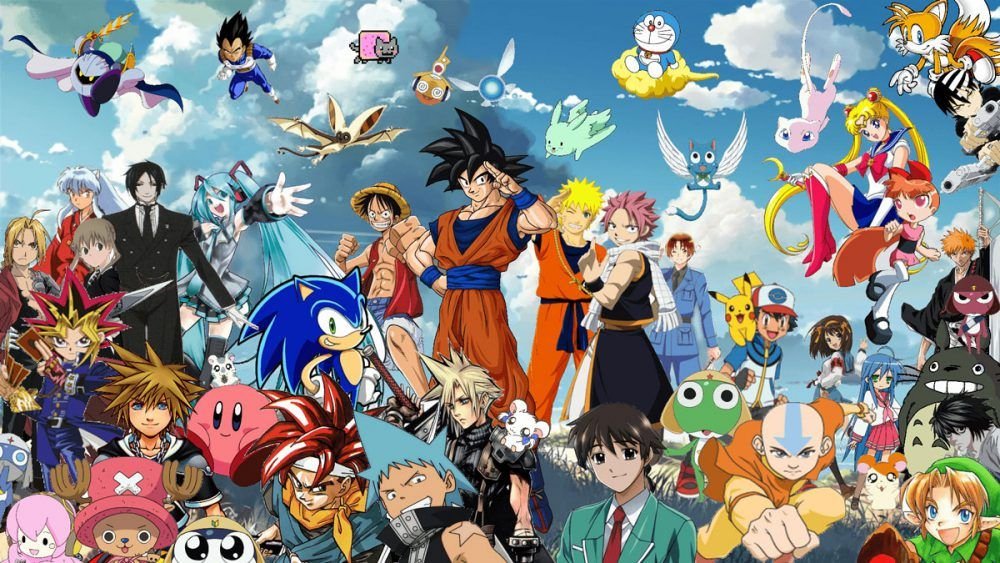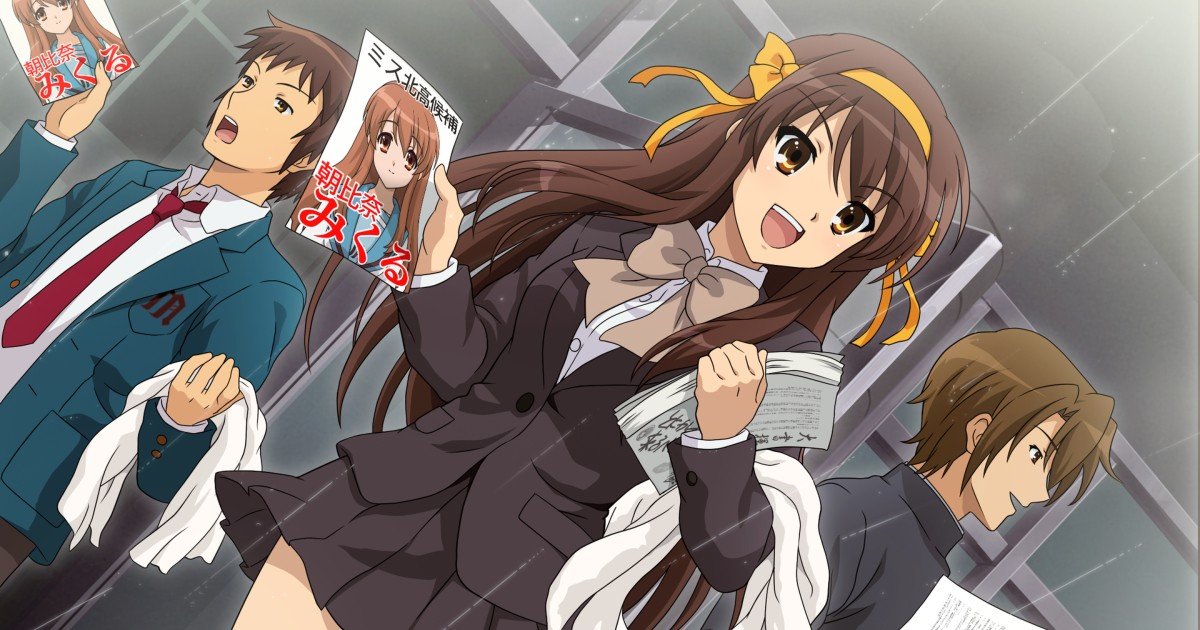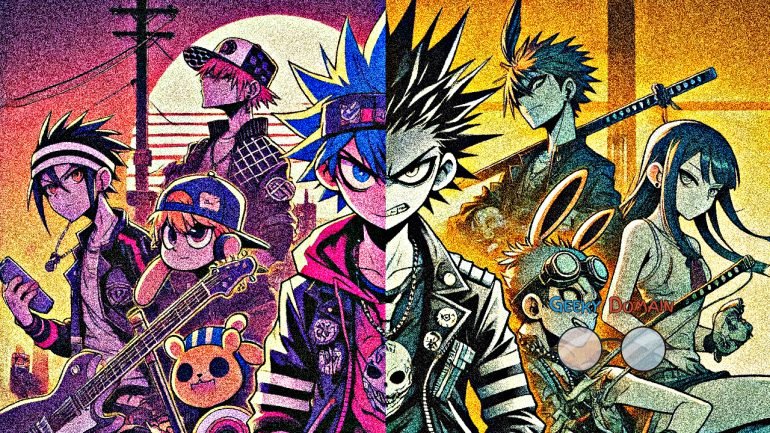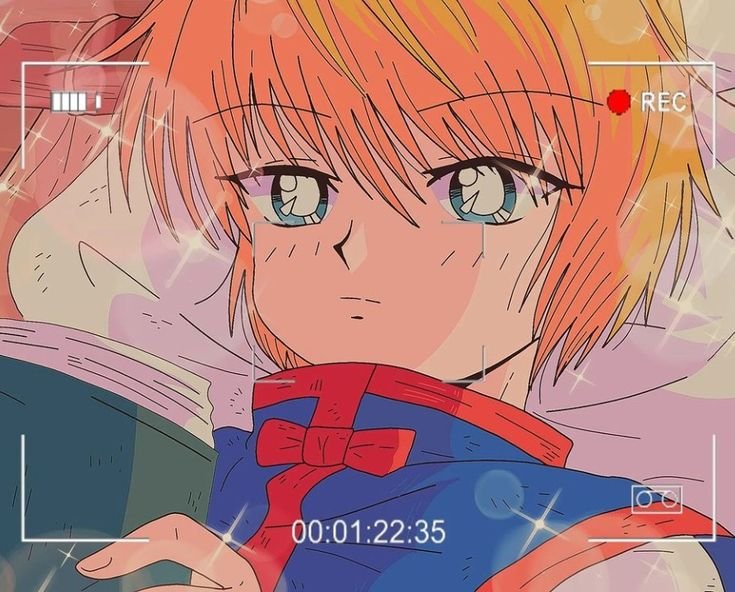Anime cartoons have come a long way since the 1980s, evolving in terms of animation techniques, storytelling, cultural impact, and global popularity. This evolution reflects technological advancements, shifting trends, and the expanding reach of Japanese animation around the world. Let’s take a look at the key stages of this journey and how anime has transformed from niche content to mainstream entertainment.
The 1980s: The Rise of Popularity and Iconic Titles
The 1980s marked a pivotal period for anime, both in Japan and abroad. The industry was beginning to find its footing with the rise of some iconic series that would go on to shape the future of anime.
One of the key features of 1980s anime was the rise of sci-fi and mecha series. Shows like Mobile Suit Gundam, Macross, and Voltron pushed the boundaries of storytelling and animation, combining action-packed plots with complex characters. The decade also saw the rise of Studio Ghibli, with My Neighbor Totoro (1988) and Castle in the Sky (1986) establishing the studio as a powerhouse of animation. These films not only highlighted Japanese artistry but also emphasized the importance of storytelling in anime.
Anime in the 80s also began to make a mark internationally, particularly in the United States. Shows like Robotech and Astro Boy were introduced to Western audiences, setting the stage for anime’s future global appeal.
The 1990s: A Boom in Diversity and Global Appeal
In the 1990s, anime exploded in popularity worldwide, becoming a significant cultural phenomenon in Japan and abroad. This era introduced a wider variety of genres, allowing anime to appeal to a broader audience.
One of the most significant anime of the 1990s was Sailor Moon (1992), which popularized the magical girl genre and introduced anime to a new generation of fans. Additionally, the 1990s saw the rise of Dragon Ball Z, which became a global sensation and cemented anime’s place in mainstream pop culture. The Pokemon franchise, which started as a video game in 1996, also became a cultural powerhouse, creating a multi-media empire that reached millions worldwide.
The 90s were also a time of technological experimentation, with anime productions beginning to incorporate more computer-generated imagery (CGI) alongside traditional animation. This allowed for more dynamic action scenes and a greater range of visual effects.
The 2000s: Digital Innovation and New Aesthetic Styles
The 2000s marked a significant shift as anime studios embraced digital animation techniques. This allowed for more detailed animation, faster production times, and more polished visuals. The use of CGI became more prevalent, especially in large action scenes, allowing for an even greater sense of realism.
Anime series like Naruto (2002) and One Piece (1999) helped to push the limits of serialized storytelling, with long-running series dominating the television scene. These shows featured deep, character-driven narratives that kept fans coming back for years.
During this time, anime began to diversify even further, with new subgenres emerging, such as slice-of-life and isekai (another world). Spirited Away (2001), which won the Academy Award for Best Animated Feature, brought anime into the mainstream film industry, showcasing the storytelling prowess of Japanese animation on a global stage.
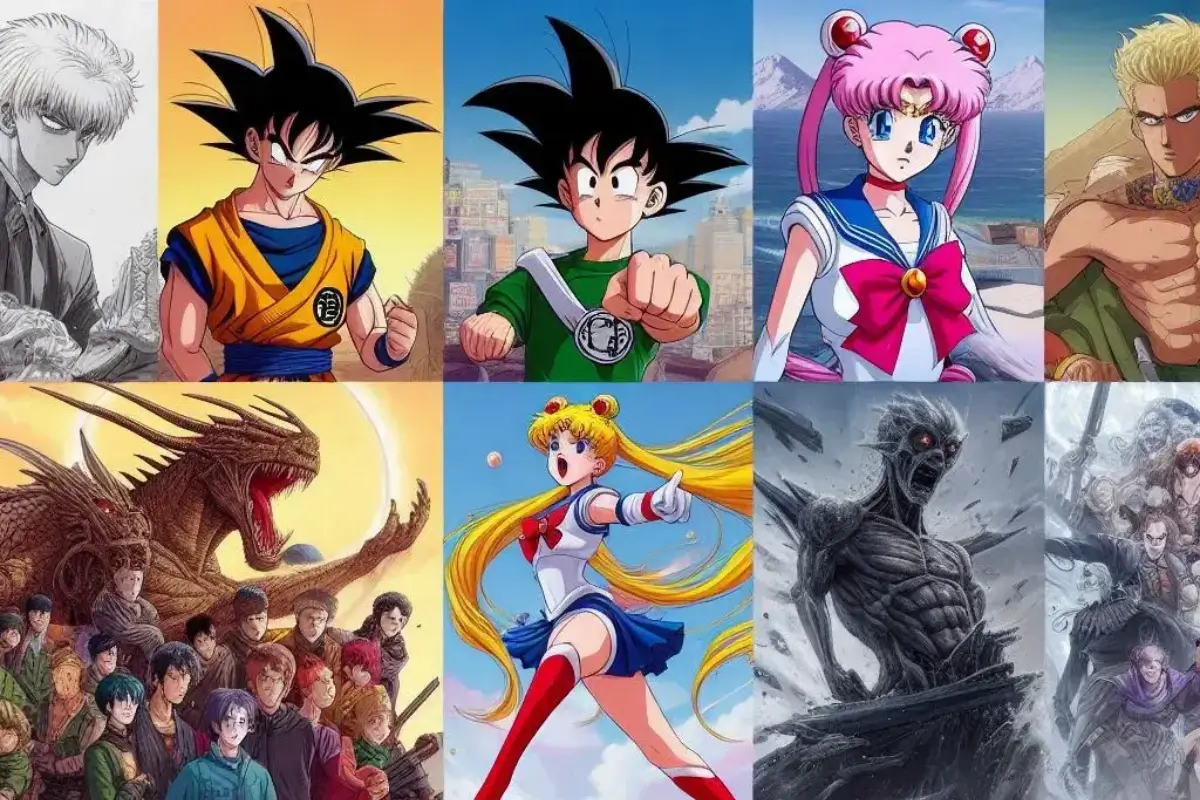
In addition to TV shows and movies, the early 2000s saw the rise of online platforms where fans could watch anime legally or otherwise, helping to fuel the demand for more diverse anime content.
The 2010s: The Explosion of Streaming and Globalization
The 2010s witnessed anime’s transformation into a global entertainment juggernaut. Streaming services such as Crunchyroll, Netflix, and Hulu began to make anime more accessible to international audiences, allowing for simultaneous global releases. With platforms offering subtitles and dubbing, anime’s reach extended far beyond Japan.
The popularity of Attack on Titan (2013), My Hero Academia (2016), and Demon Slayer (2019) proved that anime was not just a niche genre but a mainstream entertainment form. These series had massive global fanbases and were able to reach millions of viewers who may have never considered watching anime before.
Another important development during the 2010s was the increase in production values. Anime studios began experimenting with high-definition animation, more detailed backgrounds, and innovative visual effects, making anime more visually stunning than ever before. Your Name (2016), directed by Makoto Shinkai, became an international sensation and was widely praised for its breathtaking animation.
The 2020s: The Continued Growth and Evolution of Anime
In the 2020s, anime continues to evolve at an incredible pace. With the rise of streaming platforms like Netflix and Amazon Prime, anime is now available to a broader audience than ever. Shows like Jujutsu Kaisen (2020) and Chainsaw Man (2022) showcase the genre’s continuing ability to blend genres and tell fresh, engaging stories.
Technologically, anime studios are using advanced CGI and 3D animation techniques more than ever. This is evident in shows like Beastars (2019) and movies like Demon Slayer: Mugen Train (2020), which pushed the limits of both animation quality and storytelling.
The future of anime looks incredibly bright. As more global audiences embrace the medium, anime will continue to push the boundaries of what animation can achieve, both in terms of narrative depth and artistic excellence.
Conclusion
From the 80s to today, anime cartoons have undergone a massive transformation, fueled by technological innovations, changing tastes, and an ever-expanding global fanbase. As anime continues to evolve, its influence on pop culture will only grow stronger, shaping entertainment for generations to come. Whether through stunning visuals, compelling narratives, or groundbreaking animation techniques, anime’s evolution reflects the creativity and artistry at the heart of this beloved medium.







